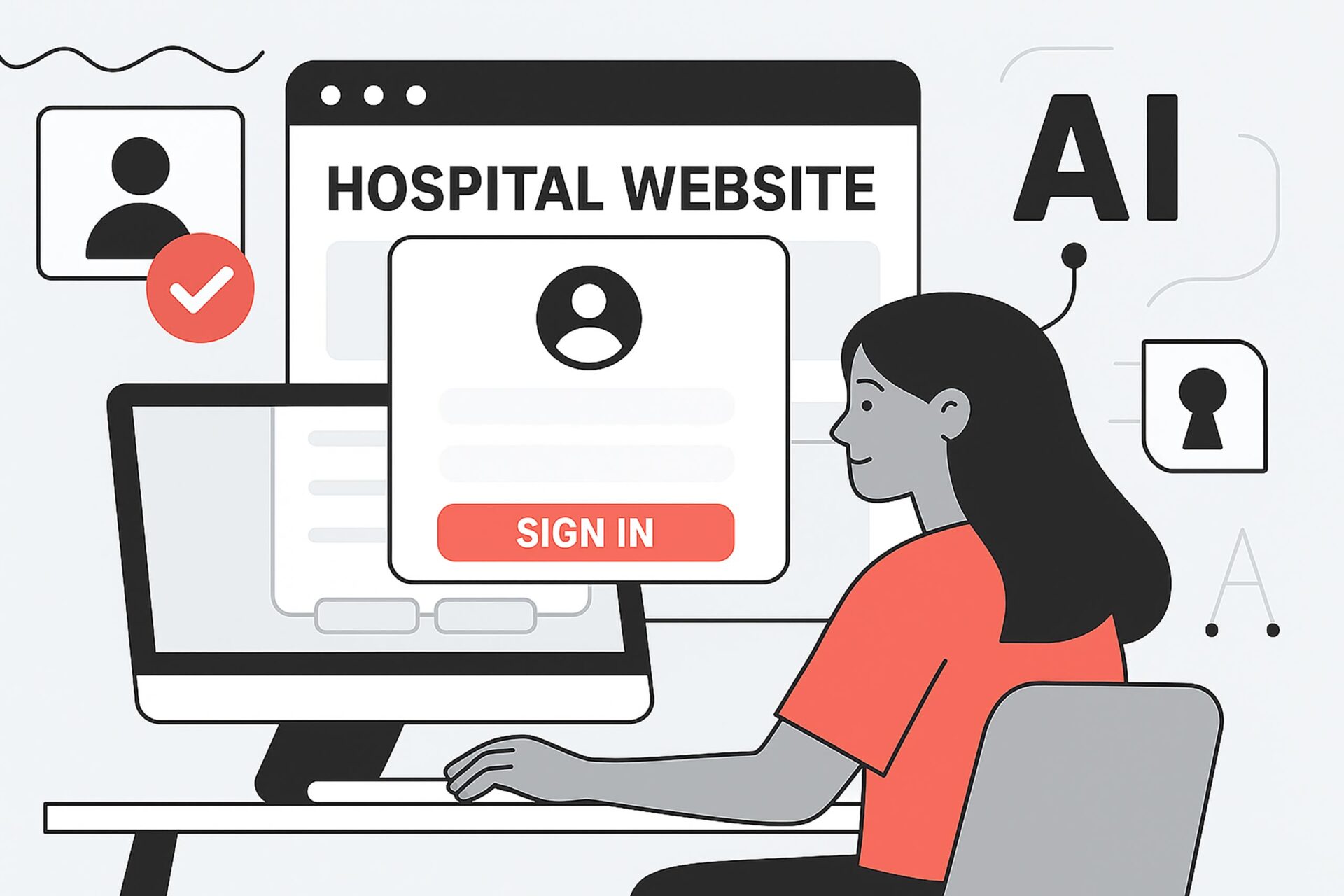Why the Next Digital Leap Isn’t Just About Portals
For years, hospital digital experiences have lived in two separate worlds:
- The public-facing website, where marketers pour resources into brand, UX, and conversion.
- The patient portal, typically a MyChart login buried in a corner link, where patients manage their health after they’ve already chosen a provider.
That divide is starting to feel obsolete.
In fact, it’s holding us back.
When I conduct interviews with current patients, I hear a familiar refrain:
“We never use the hospital website anymore—we just go straight to the portal.”
It’s a telling statement. Not because patients are lazy. Not because the website failed.
But because we never truly connected the two.
The result?
- Marketing spends big to attract prospective patients, who drop off after appointment #1.
- Meanwhile, current patients are locked into sterile, transactional tools with no connection to the brand that got them in the door.
We’ve reached a tipping point. And the next wave is authenticated digital experiences — where login isn’t a dead-end, it’s a launchpad.
Why Authenticated Experiences Matter
Think about the digital experiences that don’t feel like a chore. Amazon. Netflix. Spotify. Even your airline app.
They remember who you are.
They meet you with relevance.
They make it easier, not harder, to engage.
Now imagine that level of personalization applied to your healthcare journey.
But here’s the twist: not just in the portal.
Across the entire health system website.
- Homepage dynamically adjusts after login
- Service lines highlight relevant follow-up care
- Provider recommendations based on real clinical history
- Patient education curated to match chronic conditions
- Billing reminders and open messages surfaced contextually
That’s not a pipe dream. That’s what’s coming.
“Sign in with ChatGPT” — A Signal from the Future
This week, OpenAI previewed a new feature:
“Sign in with ChatGPT” — a universal login with memory and context baked in.
Unlike “Sign in with Google” or “Sign in with Apple,” this isn’t just about identity.
It’s about understanding.
ChatGPT doesn’t just know who you are.
It knows what you’ve searched for, asked about, and cared about over time.
For marketers, this unlocks:
- Personalized onboarding without the friction
- Content tailored to real intent, not just cookies
- Smarter re-engagement based on conversational signals
- A seamless handoff between digital assistants and branded web experiences
It’s a glimpse into how AI-driven identity can bridge the gap between interest and action—without forcing users to start over.
Now imagine applying that idea to hospital websites.
A patient lands on your homepage.
They log in.
Not just to see labs, but to receive:
- Content based on past appointments
- Follow-up prompts based on gaps in care
- Provider search filtered by previous specialty visits
- Events and wellness programs that actually match their needs
This is the future I believe in.
And the tools are starting to emerge.
What Health System Marketers Should Do Now
You don’t have to wait for OpenAI to finish their rollout to start planning.
Here are three steps to take today:
- Rethink the role of authentication
Stop treating login as a handoff to Epic. Instead, view it as an entry point to continued engagement. - Map your personalization strategy
Identify what types of content, features, or nudges you’d show differently to someone who’s logged in. Use today’s CRM, analytics, and CMS tools to prototype the experience. - Bring IT, Marketing, and Patient Access together
The authenticated experience lives at the intersection of these departments. You’ll need a shared roadmap to merge data, UX, and patient-centered goals.
Final Thought
It’s no longer enough to build a beautiful brand website.
And it’s not enough to offer a secure patient portal.
The future of healthcare digital experience will combine both—seamlessly, securely, and personally.
Authentication is the missing bridge.
Let’s build it.




